|
We went to Vienna last week. And although we did a few of the touristy type things, I was especially keen on visiting the passementerie factory of M. Maurer founded in 1863 and suppliers to the Emperor's court (that's Sissi to you and me). Only a few minutes on foot away from the main shopping street Mariahilfer Straße, lies a quiet road called the Kandlgasse. Through a green courtyard you enter a lovely hallway with many period features. Machines are humming while you climb to the first floor shop area. The room is filled with braid trimmings, beads, ribbons, cuffs, tassels and uniform accessories. Nice old-fashioned pattern boards with different styles of machine embroidered lettering, badges and medal ribbons are also on display. However, no gold threads in sight. Luckily, the nice lady fetched some sample boards for me. And then I am a little confused... Not only do they call the different threads different names to what I am used too. After all, that's to be expected given that I usually shop for gold threads in England and this is Austria. No, they even number them differently! Smooth purl #8 thus becomes Boullion glatt/glanz #11 fein. Since I didn't bring a sample, I had to pick my threads by eye. Mental note to self: do make an old fashioned sample card of the threads you have and defend it with your life. Or rather: bring it with you when shopping for gold threads. The very good news is that Maurer still makes some threads and gold thingies not easily available to us embroiderers! And they are even prepared to custom make threads when you provide them with a sample. How cool is that?
3 Comments
A few weeks ago, I visited a most spectacular exhibition at the Catherijneconvent, Utrecht, Netherlands. From their own collection and from the collections of other museums, convents and churches, they had brought together the largest exhibition on medieval paraments I have ever seen. Copes, chasubles and dalmatics were exhibited free standing on a dais so you could have a good look without being hindered by glass. Lighting levels were however still kept modest. Since only the best was good enough for God, medieval paraments were made of the most expensive fabrics finely embroidered with gold thread and silks. This meant that only the rich could afford to pay for them. One such a lucky bastard (literally: he was the illegitimate son of Philip the Good) was David of Burgundy, bishop of Utrecht from AD 1456-1496. Especially for the exhibition, the golden set of a cope, chasuble and two dalmatics donated by David to the St. Jan church of Utrecht was displayed together again. You couldn't tell that these pieces were more than five centuries old! And isn't this a delightful example of late mediaval embroidery? The silk embroidery on Christ's face and hair is so expertly done. Unfortunately, the level of lighting was particularly low in this part of the exhibition. This is a detail of a cope shield from AD 1520 depicting the resurrection. From a completely different quality is the above detail of a late 15th century chasuble. The angel is far less detailed and the gold threads are of a lesser quality. Hence they lost their lustre and became oxidized. After all, not everybody was a rich enough bastard like lucky David.
For those of you who missed the exhibition or simply lived too far away, the exhibition catalogue is a gem. More than 270 pages of embroidery goodness with many detailed photographs and a whole chapter on embroidery techniques by master embroideress Ulrike Mülners. Don't be put off by the fact that the book is in Dutch; the pictures will do the talking. Although I do agree that standard works shouldn't be written in such an obscure language like Dutch. Note: the book is now out of print but can be found second-hand online. In the coming months, I will show you more pictures of this exquisite exhibition. However, with the show at Osnabrück a mere four weeks away, I am up to my neck into writing tutorials, ordering materials and packing kits. See you next week after a short break in Vienna where my path hopefully crosses more gold threads... Literature Leeflang, M., Schooten, K. van (Eds.) (2015): Middeleeuwse Borduurkunst uit de Nederlanden. Zwolle: WBOOKS. It won't come as a surprise to you, dear reader that I like to stitch. However, there's stitching and stitching. As a professional embroideress who tries hard to make a living, the most of my stitching evolves around you: My dear prospect or recurring costumer. And although I love you all very much, every now and then I like to do a little me-stitching. Recognize this? Indeed, it is Tanja Berlin's pendant. I loved the idea of turning metal thread embroidery into something wearable. I bought the kit, but didn't like the colours very much. Since I am living in stash heaven that was easily overcome. You see, that's what I often do. Kits are a great way of learning new skills. Even if the design is not exactly your cup of tea. You're bound to learn something from it that can be implemented into future projects. This kit for sure has sparked a lot of ideas! You can buy Tanja's pendant kit from her lovely new Etsy shop. And you probably recognize this design too. It is Mary Corbet's watermelon gingham embroidery design. Over the years, I have been given so many left-over threads, that is was time to turn at least some of them into a fun piece of embroidery. However, when Mary's blog post came out, there wasn't a scrap of gingham in my stash. As I am living in a beautiful tiny rural village, the fabric shop is 30 km away. And trying to make a living as an embroideress does not exactly pay for a car yet. Health insurance and a modest pension plan are far more important. That left me not so patiently waiting for next day's bus...
The red gingham I bought has 5mm squares. I used two skeins of Anchor #113, three skeins Anchor #225, one skein Anchor 386, three skeins DMC #809, and one skein each of Schürer #20, #2425 and #3093. All perle #5, that is. The brand Schürer no longer exists. Julius Schürer, born 1808, started manufacturing yarn in Augsburg in 1858. The company merged in 1937 with the Zwirn- und Nähfadenfabrik Göggingen. Which merged 20 years later with the Zwirnerei Ackermann. The Ackermann Göggingen AG became the largest European manufacturer of sewing yarn until 1994. The company went bust and the production of yarn was taken over by Amann. In itself a German based global playing yarn manufacturer established 150 years ago. This gingham embroidery works up nice and quick and leaves you with a pretty useful piece of embroidery. I can see myself stitching hedgehogs on an autumn themed table runner, and snowflakes for a winter one or narcissuses on a spring one. So over to you. What stitching design are you going to make your own in the coming week? |
Want to keep up with my embroidery adventures? Sign up for my weekly Newsletter to get notified of new blogs, courses and workshops!
Liked my blog? Please consider making a donation or becoming a Patron so that I can keep up the good work and my blog ad-free!
Categories
All
Archives
July 2024
|
Contact: info(at)jessicagrimm.com
Copyright Dr Jessica M. Grimm - Mandlweg 3, 82488 Ettal, Deutschland - +49(0)8822 2782219 (Monday, Tuesday, Friday & Saturday 9.00-17.00 CET)
Impressum - Legal Notice - Datenschutzerklärung - Privacy Policy - Webshop ABG - Widerrufsrecht - Disclaimer
Copyright Dr Jessica M. Grimm - Mandlweg 3, 82488 Ettal, Deutschland - +49(0)8822 2782219 (Monday, Tuesday, Friday & Saturday 9.00-17.00 CET)
Impressum - Legal Notice - Datenschutzerklärung - Privacy Policy - Webshop ABG - Widerrufsrecht - Disclaimer

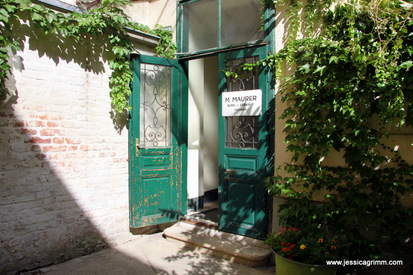
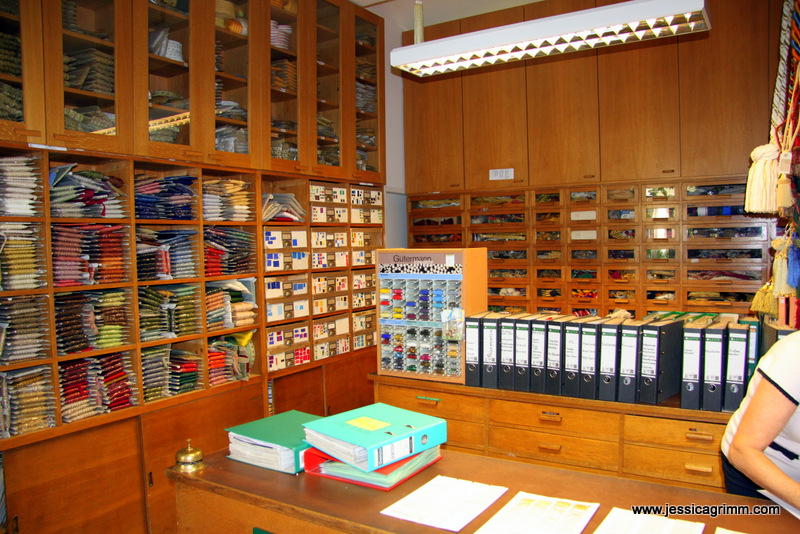
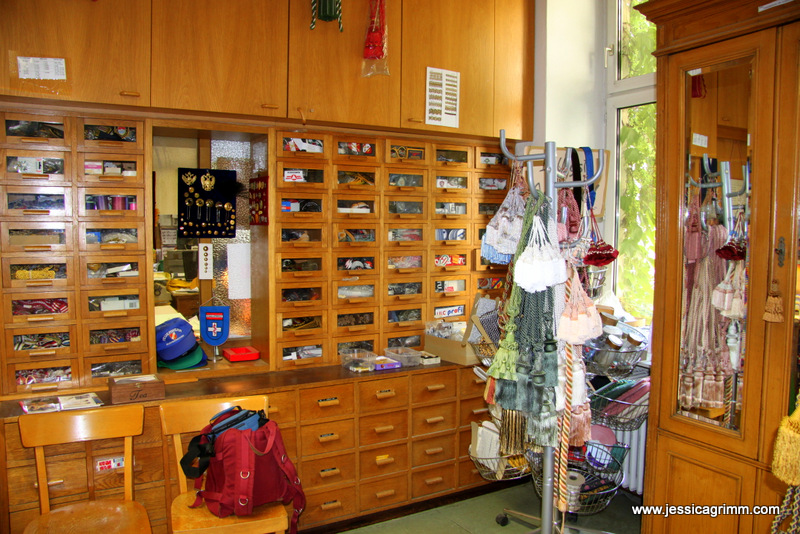
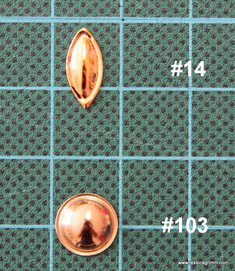
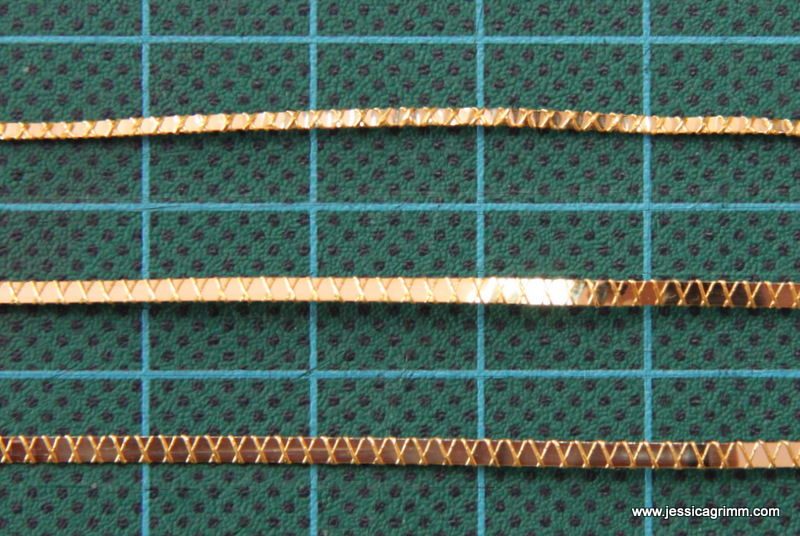
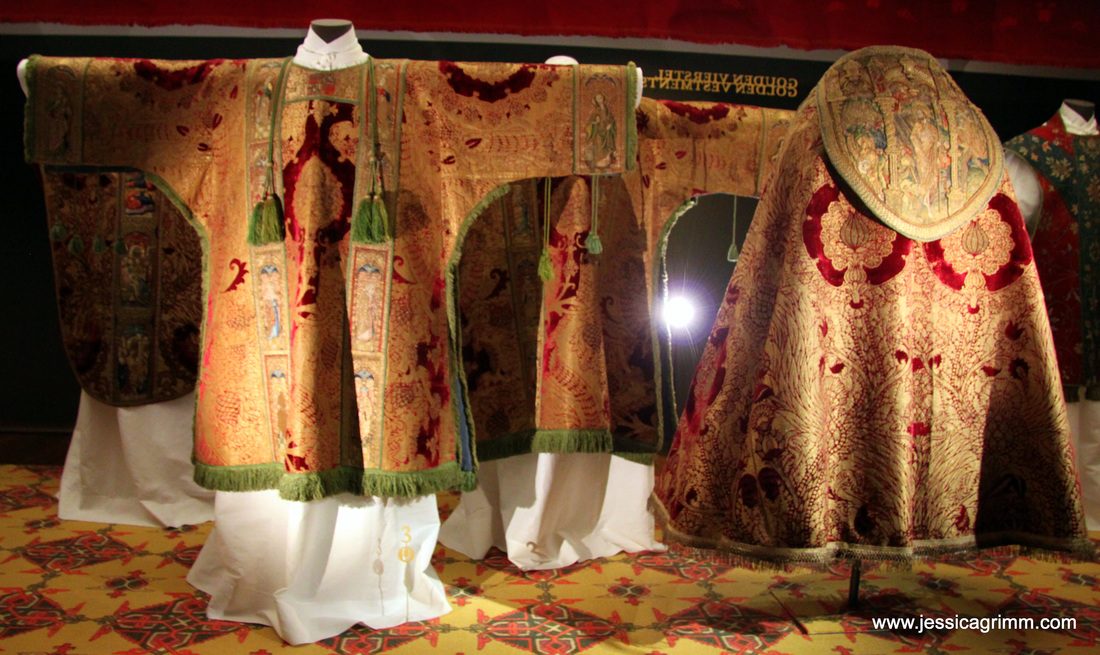
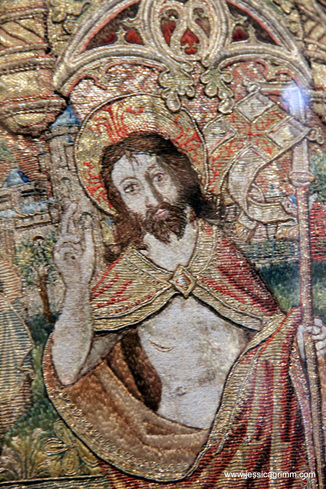
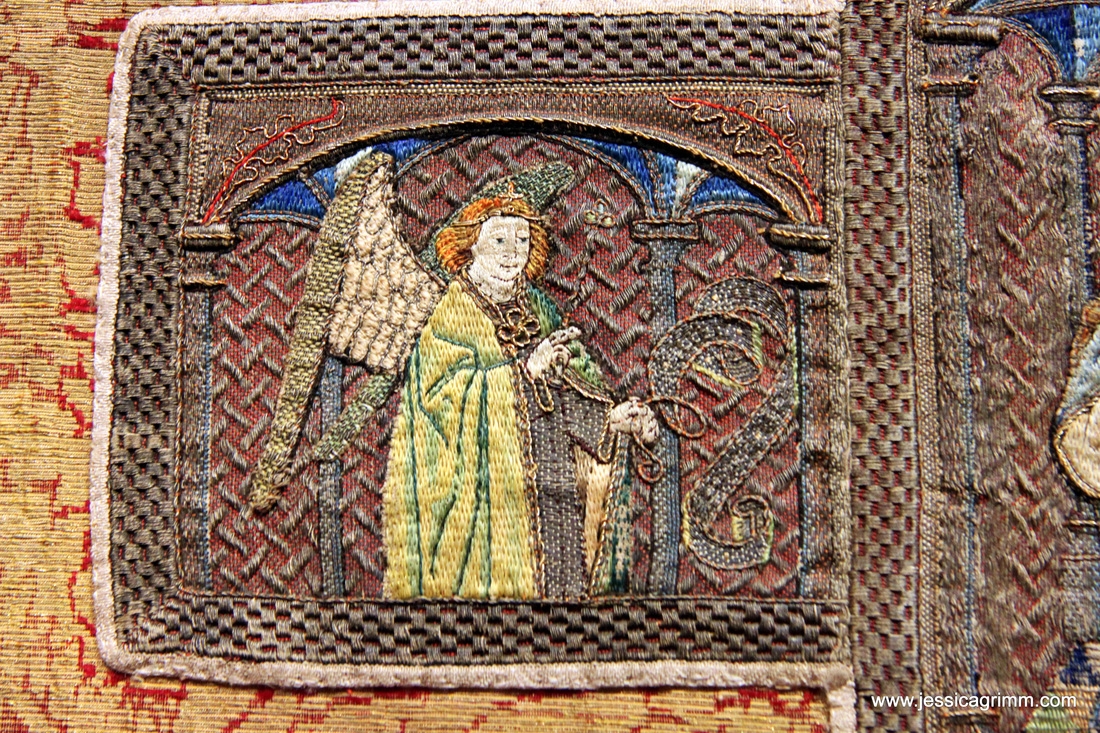
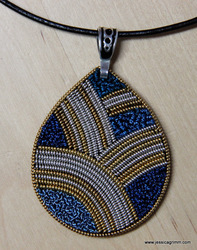
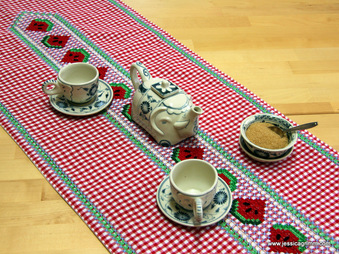





 RSS Feed
RSS Feed